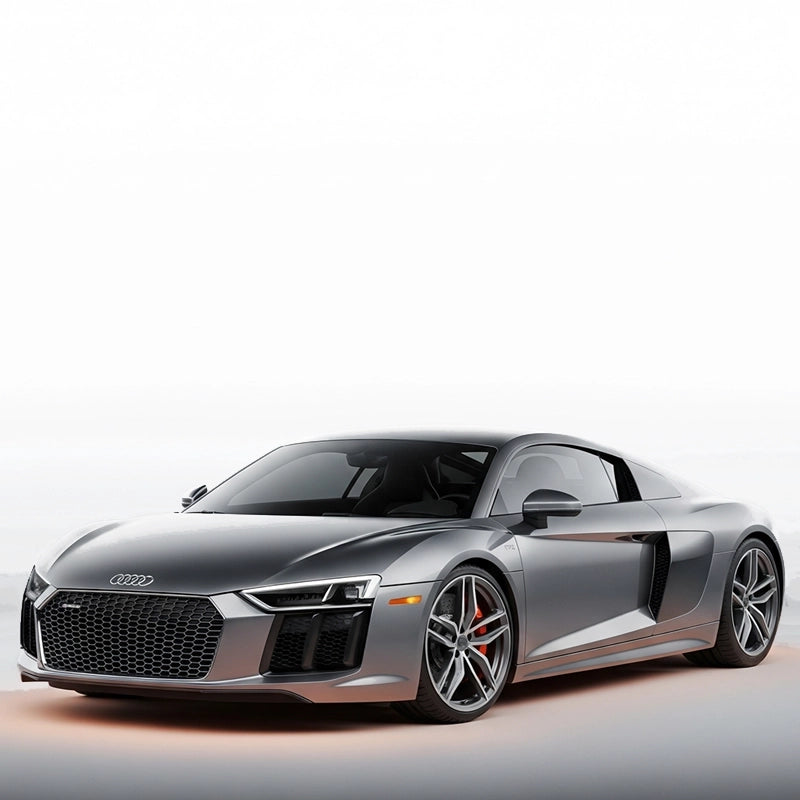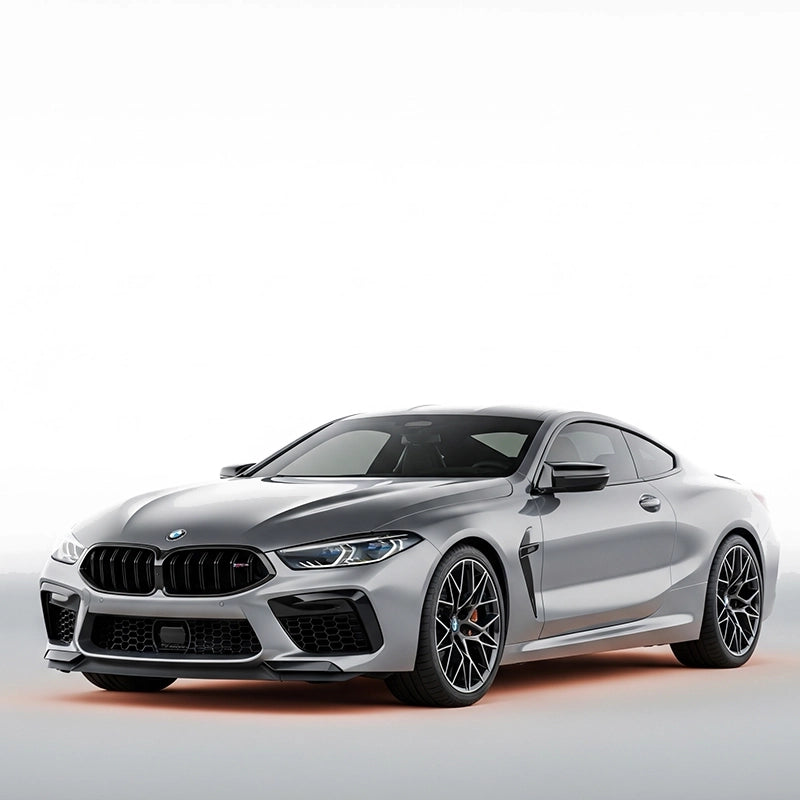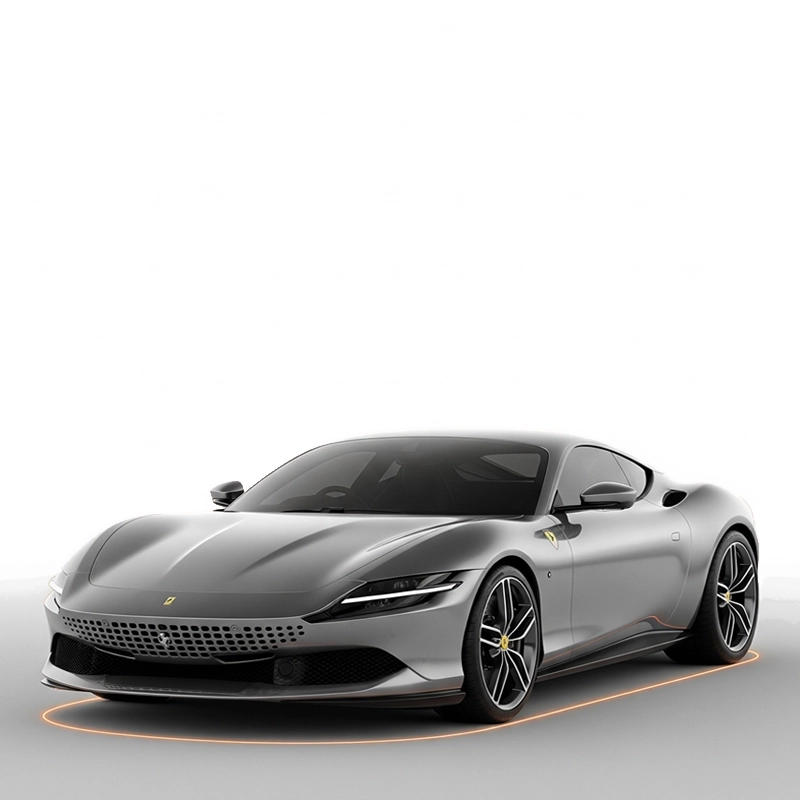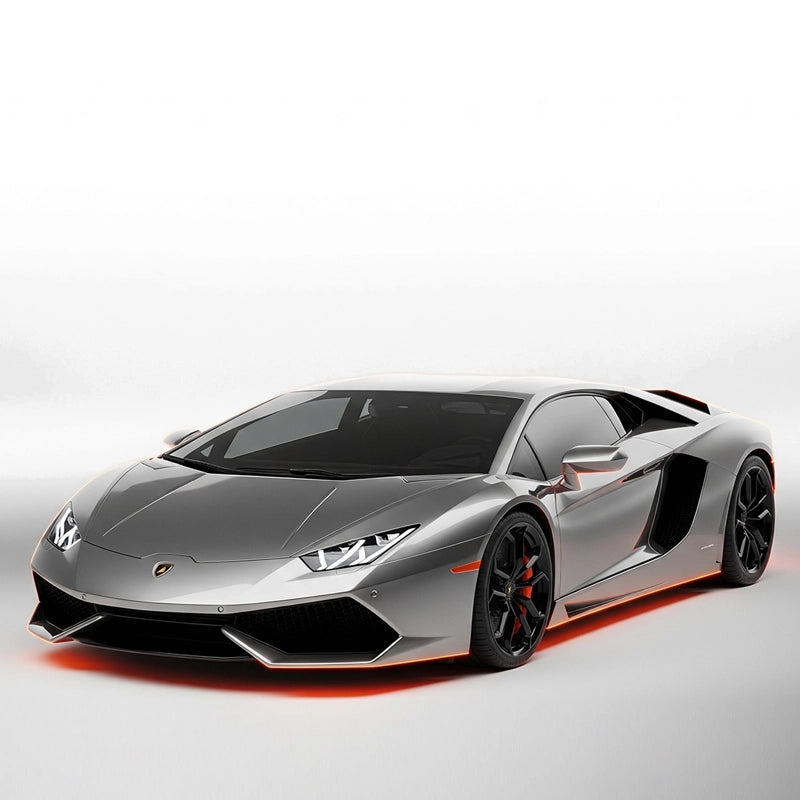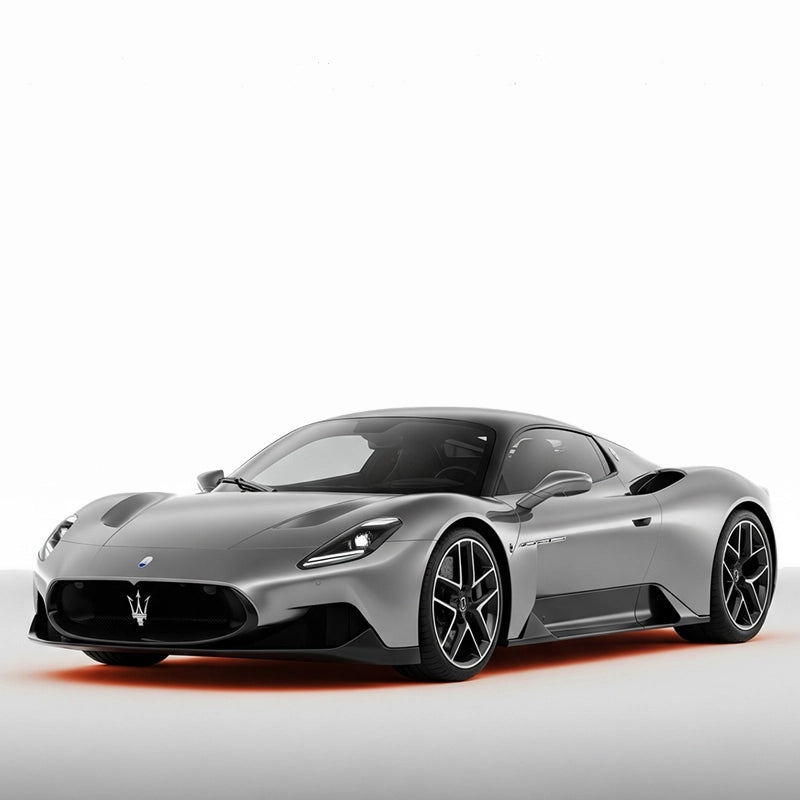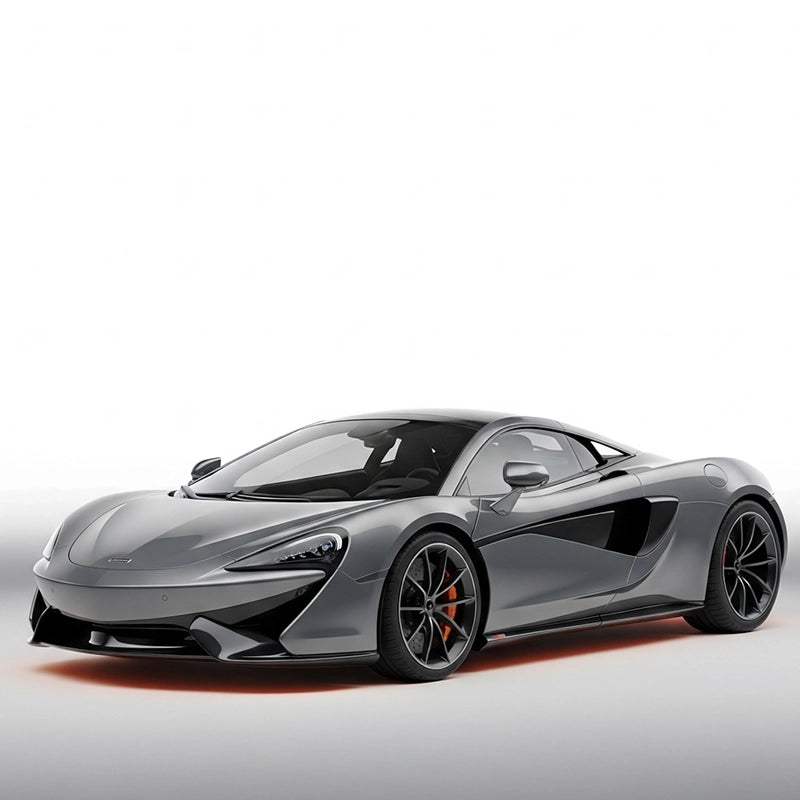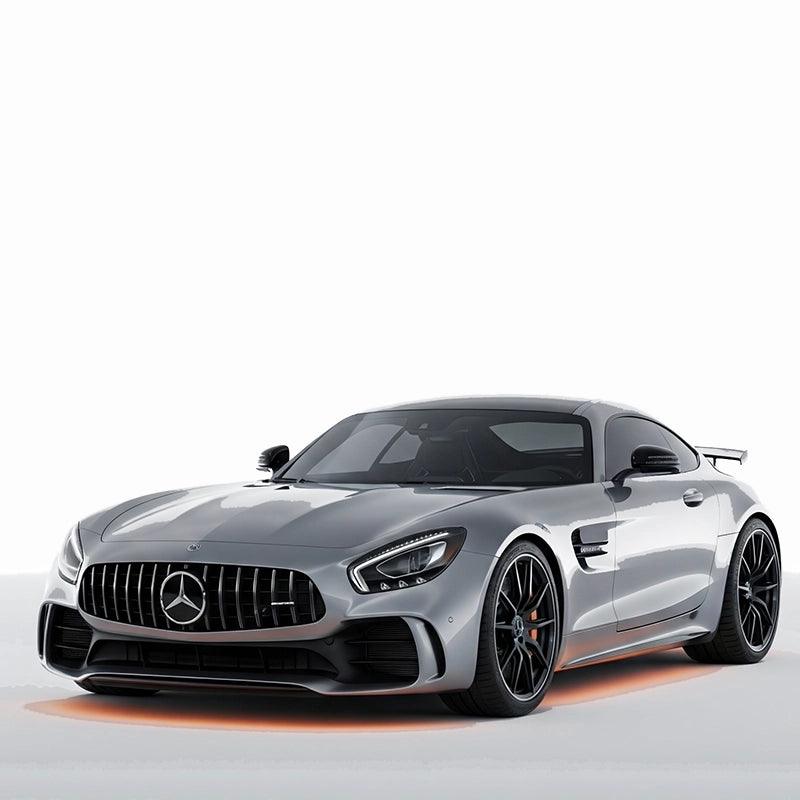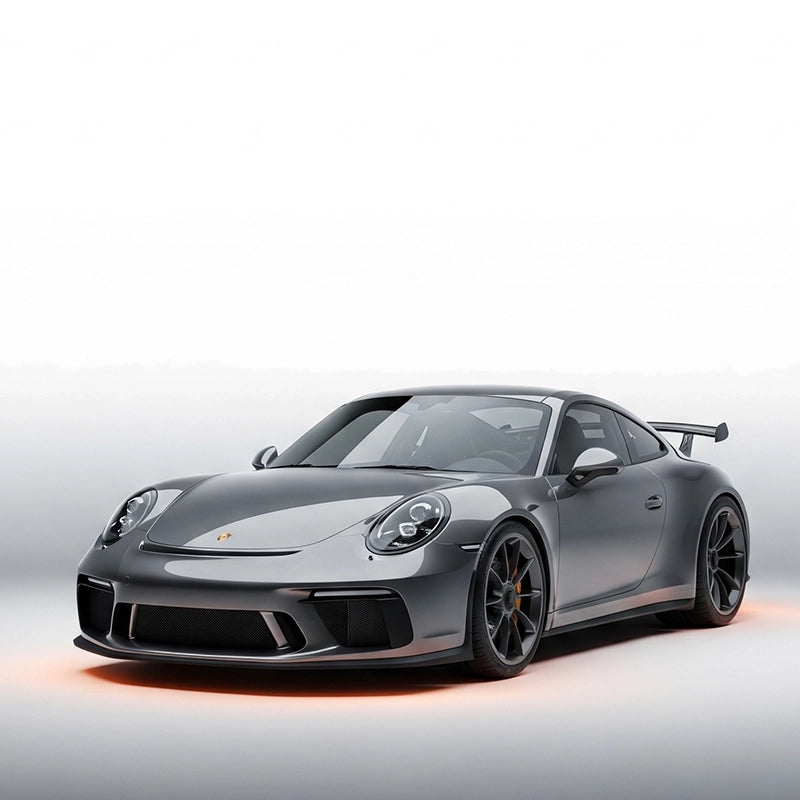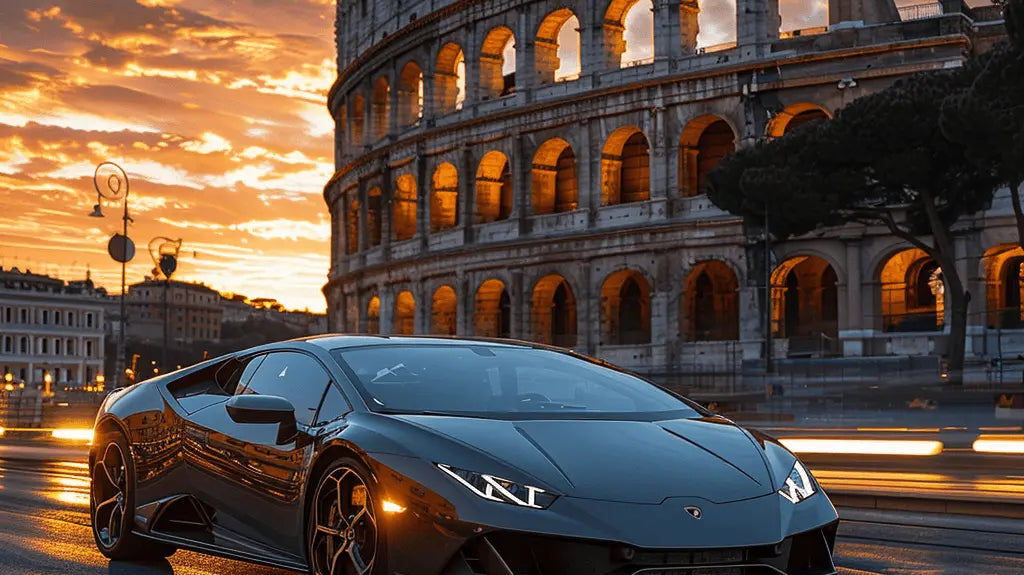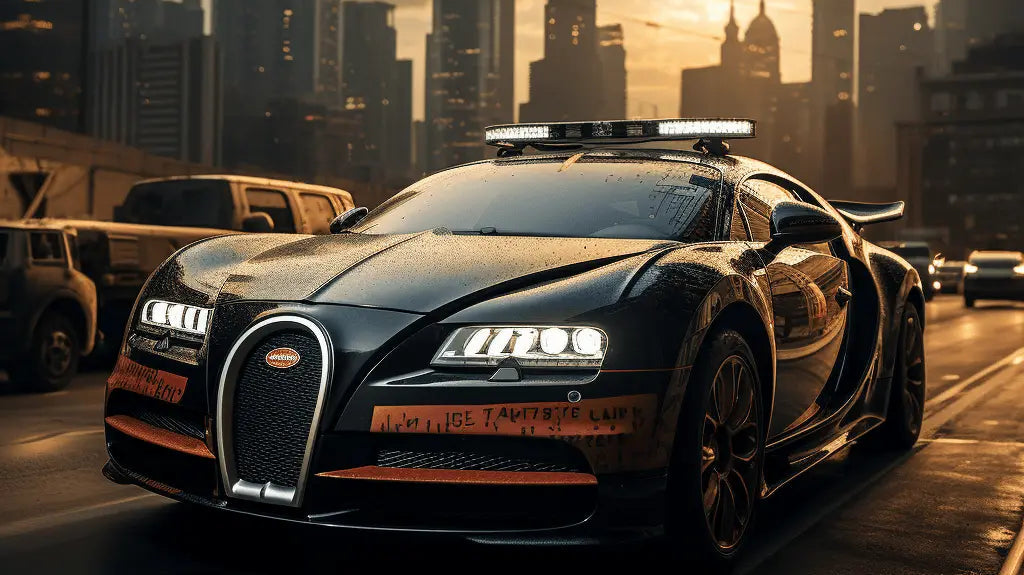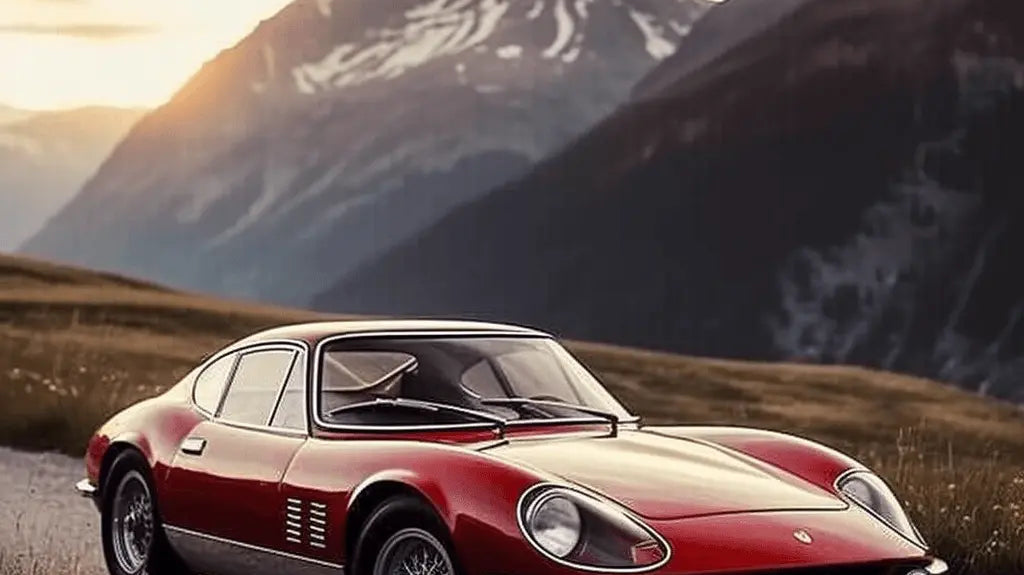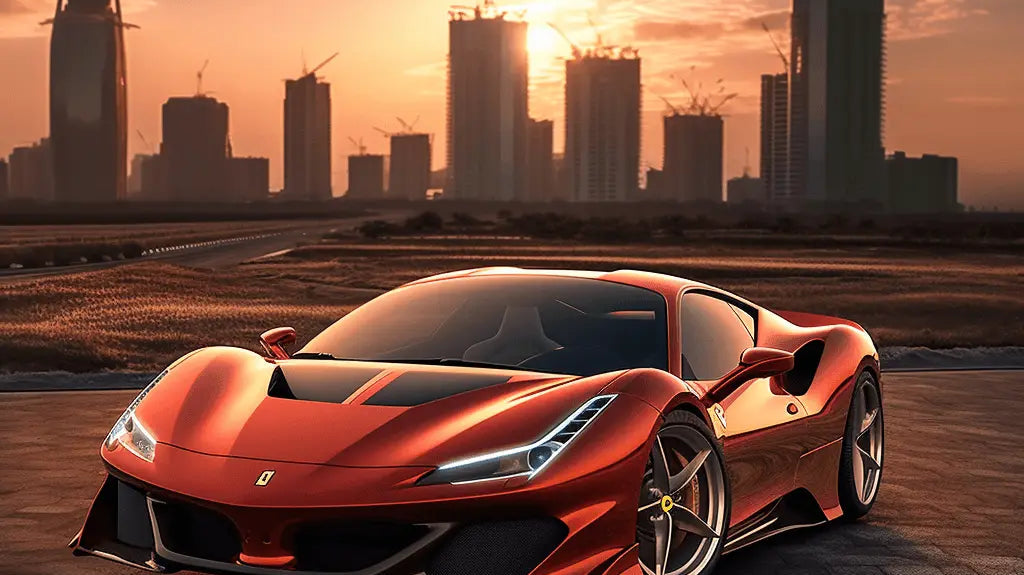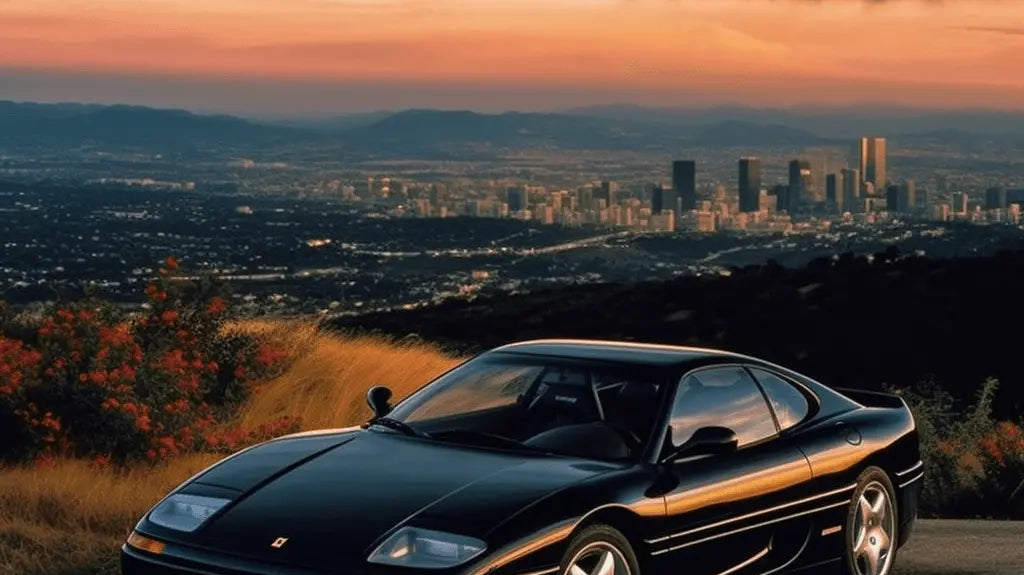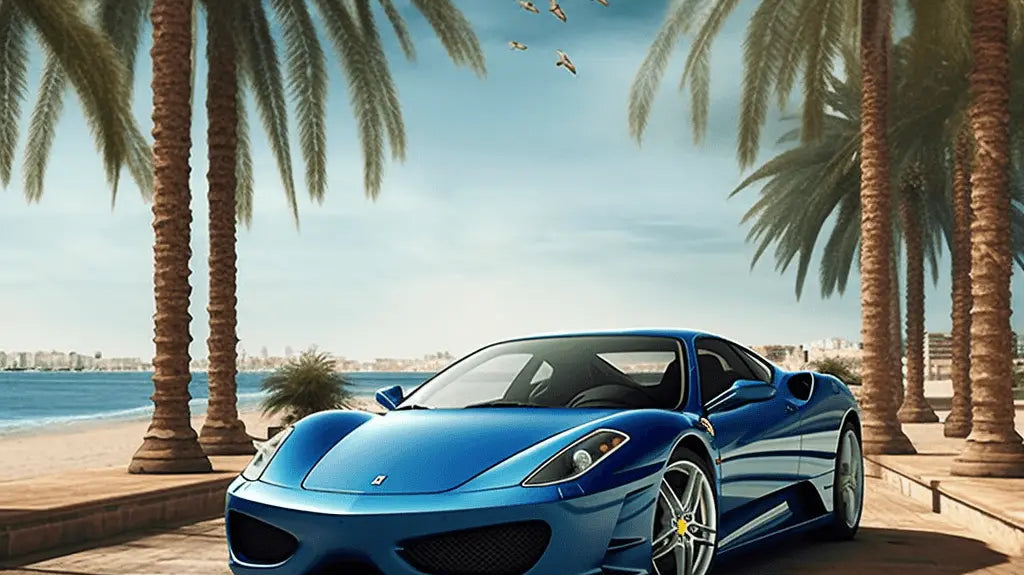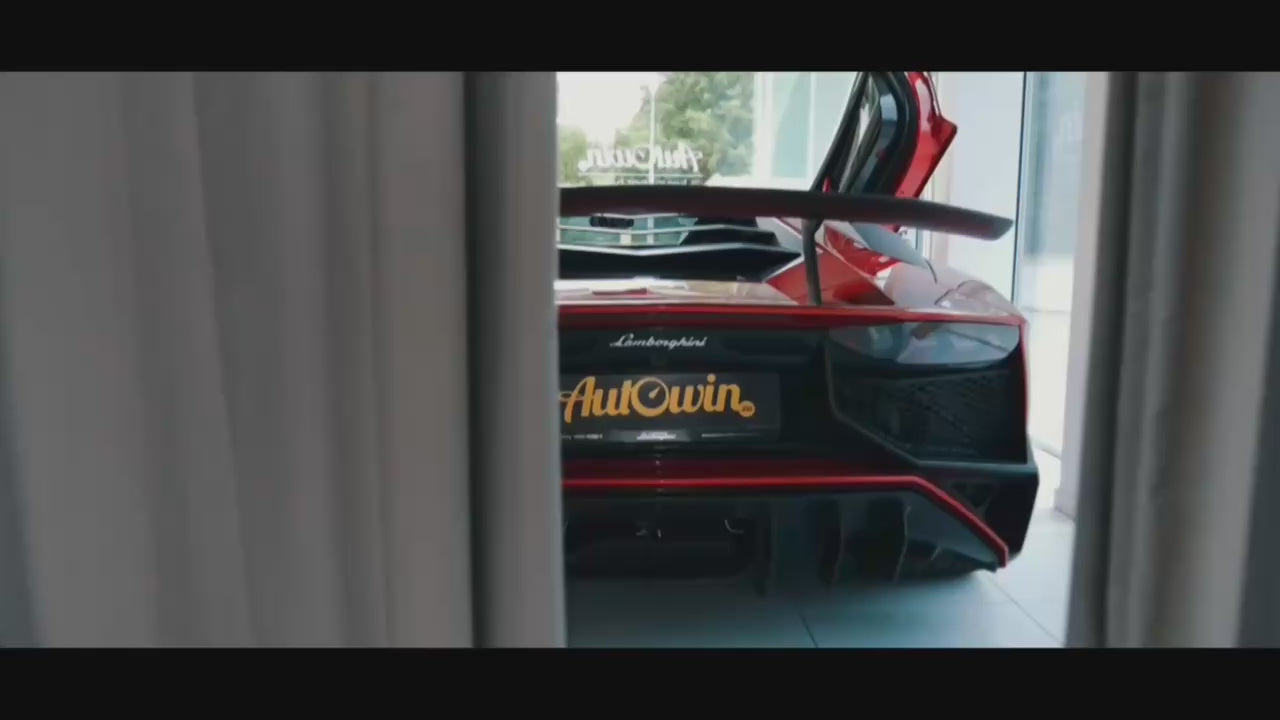Exploring the Evolution: What Sets the Porsche 997 Apart?
There are cars you admire from the curb, and then there’s the Porsche 997—the one you end up driving long after you planned to go home. I’ve spent time in a few over the years, from rain-soaked commutes to early morning runs on empty B-roads, and the 997’s blend of old-school feel and modern polish still hits a nerve. It fixed the awkward bits of the 996, added serious tech in the 2009 refresh, and kept that hydraulic steering that makes you swear you’ve got grip sensors in your fingertips. If you’re wondering why the 997 Porsche has become a modern classic, well, let’s dig in.

Why the Porsche 997 Still Feels Special
When the 997 arrived, it was Porsche acknowledging the chorus of enthusiasts (and, let’s be frank, journalists) who missed the classic 911 look and feel. Round headlamps returned, the stance tightened, and the cabin felt richer—less Fischer-Price, more fine watch. I noticed right away: the way the car shrugs off shoddy tarmac, the way the steering talks back without shouting. It’s quick, yes, but the 997’s real trick is how connected it feels at everyday speeds.
Porsche 997 styling: familiar, but sharpened
The early cars kept the cleaner body sides and tight proportions. In 2009, the facelift brought LED running lights, sleeker mirrors, and revised bumpers for a subtler, more modern face that also shaved drag. The rear light signature is crisper, the detailing tighter. Nothing showy—just the quiet confidence of a premium sports car built by people who sweat panel gaps and shut lines. It’s the kind of design that makes sense parked outside a coffee shop or loading ski gear for a long weekend.
Porsche 997 engines: the big leap in 2009
The pre-refresh 997.1 cars delivered robust performance and that signature flat-six howl. In 2009, the 997.2 arrived with direct injection (DFI) engines—more power, better economy, cleaner emissions. Typical figures? Around 345 hp in the Carrera and 385 hp in the Carrera S. It’s not just the numbers; the throttle clarity and mid-range punch are better, and they’re easier to live with on the school run or a cross-country blast. Turbo, GT3, and GT2 models continued with the stout Mezger-based architecture, which old hands still nod at approvingly.
Porsche 997 PDK: the two-pedal turning point
Here’s the game-changer: Porsche-Doppelkupplung (PDK) replaced the old Tiptronic in 2009. Seven speeds, quick as a hummingbird, and smart enough to be invisible in traffic. On a fast stretch, the downshifts feel almost telepathic. I still love the six-speed manual for its mechanical honesty, but I’ll admit—PDK makes the 997 easier to use daily without killing the fun. Best of both worlds, genuinely.
Porsche 997 handling: hydraulic harmony
Plenty of sports cars are fast. Fewer feel friendly. The 997 balances both. PASM-equipped cars manage a plush-ish ride in Normal and tidy control in Sport; on rough roads, I found it surprisingly forgiving, yet it points into corners with that classic 911 confidence. The hydraulic steering is the hero here—there’s a subtle hum through the rim that tells you what the front end is up to. It’s quiet enough to hear your kids arguing in the back, but alive enough to make a simple roundabout oddly entertaining.
Porsche 997 vs 996 vs 991: quick comparison
| Model | Typical Power | 0–60 mph (approx.) | Transmissions | Feel |
|---|---|---|---|---|
| 996 Carrera (’99–’04) | ~300 hp | ~5.0 sec | 6MT, 5-spd Tiptronic | Light, fast, less refined cabin |
| Porsche 997.1 (’05–’08) | 325–355 hp | ~4.6–4.8 sec | 6MT, 5-spd Tiptronic | Classic look returns, sweeter steering |
| Porsche 997.2 (’09–’12) | 345–385 hp | ~4.3–4.6 sec | 6MT, 7-spd PDK | DFI engines, PDK, broader everyday ability |
| 991 Carrera (’12–’16) | 350–400 hp | ~4.1–4.5 sec | 7MT, 7-spd PDK | Bigger, more refined, electric steering |
Figures vary by model, options, and testing. Consider them a useful yardstick, not courtroom evidence.
Living with a Porsche 997: the everyday stuff
Seats that actually fit you. A driving position that doesn’t demand yoga. Back seats good enough for kids or a gym bag. The frunk takes a couple of travel duffels—perfect for Alpine weekends. The pre-2009 infotainment is, well, of its time. The post-refresh PCM is better but won’t shame an iPhone; CarPlay conversions are popular for a reason. Wind and road noise are well-contained; you can do six hours in one without arriving cross.
- Hydraulic steering with real feel
- PASM that balances ride and control
- PDK that’s effortless in traffic, sharp on a back road
- Cabin quality that still feels premium
- A rear-engined traction advantage when the weather turns
Porsche 997 ownership: what to watch for
I’ve heard the same notes time and again from owners (and seen a few in the workshop):
- Early 997.1 Carreras can suffer bore scoring; careful pre-purchase inspections matter. Warm-up discipline matters too.
- Clutch and flywheel life varies with use; manuals often need attention around the 40–70k mile window.
- PDK is tough but likes fluid changes on schedule; the difference in shift quality is noticeable.
- Condenser radiators up front trap road debris—clean them and consider grilles.
- PASM dampers can tire with age; fresh hardware restores that lovely balance.
None of this is a reason to avoid the car. Just budget smartly and buy the best-maintained example you can find. You’ll thank yourself every time you take the long way home.
Preserving the Porsche 997: smart upgrades that keep it feeling new
Keeping a 997 tight and tidy is half the joy of ownership. A few owners mentioned to me that the simplest interior refresh—good mats, a fresh shift knob, maybe a PCM update—makes the whole car feel five years younger. If you’re after parts that fit properly and don’t rattle, AutoWin has been a useful one-stop for 997-specific bits that actually fit.
Floor mats: A small thing you see and touch every day. AutoWin’s custom-fit sets for the Porsche 997 cover properly and don’t slide about—handy on rainy days when you’re hopping in and out. They protect the carpets and add a subtle dose of luxury.

Exhaust systems: Want a touch more voice without highway drone? A well-matched system can wake up throttle response and add character. AutoWin lists options designed for an exact fit on the 997, which means fewer headaches in the driveway.
Brake components: Quality pads and rotors transform pedal feel. If you’ve got a spirited commute or the odd track day penciled in, matching compound to use case is key—AutoWin carries setups sized and spec’d for your exact Porsche 997 variant.
Suspension upgrades: A mild refresh—top mounts, bushings, quality dampers—can make a ten-plus-year-old 997 feel new. If you want a bit more edge, there are packages that add precision without punishing ride. Again, AutoWin curates parts that suit how you use your Porsche.

Conclusion: the Porsche 997 gets under your skin
Honestly, I wasn’t sure at first if the Porsche 997 deserved the modern-classic halo it’s been given. Then I drove one again. The styling tweaks, the 2009 tech jump (direct injection, PDK), the way it rides and talks to you—this is the sweet spot between analog feel and modern usability. Fast when you want it. Friendly when you don’t. Keep it well-serviced, add the right little upgrades from a specialist like AutoWin, and you’ll have a Porsche 997 that’s easy to love for years.
FAQs: Porsche 997
Is the Porsche 997 a good daily driver?
Yes. Ride quality is civilized, visibility is solid, and the cabin is comfortable. Post-2009 cars with PDK are particularly easy in traffic.
Which is better: 997.1 or 997.2?
The 997.2 brings direct-injection engines and PDK, plus updated electronics. The 997.1 often costs less and keeps things a touch more old-school. Both are brilliant—choose based on budget and how you’ll use it.
What are common issues to watch for on a 997?
On 997.1 Carreras, have a knowledgeable shop check for bore scoring, coolant leaks, and tired dampers. Clean the front condensers and budget for regular maintenance. PDK service is important on 997.2 cars.
Manual or PDK for the Porsche 997?
For purists, the six-speed manual is sweet and direct. For daily use and performance, PDK is rapid and remarkably intuitive. You won’t go wrong either way.
What simple upgrades make the biggest difference?
Fresh tires, proper alignment, quality brake pads/rotors, and a light-touch suspension refresh. Inside, well-fitted floor mats and a modernized head unit make the car feel newer every day.
